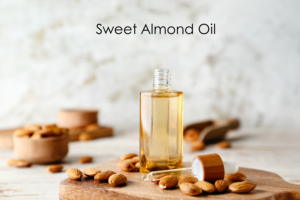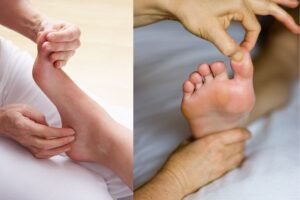Stress is part of our daily lives, whether from work, personal conflicts, or juggling responsibilities. But what if there was a natural, effective way to manage stress? Enter massage therapy—a time-tested wellness technique that offers a powerful solution for stress management.
Why Massage Therapy?
Massage therapy isn’t just about indulgence; it’s a scientifically-backed method to reduce stress and improve overall well-being. When life feels overwhelming, a soothing massage can be your secret weapon to regain balance and tranquility.
The Science Behind It
When you experience stress, your body releases cortisol—a hormone associated with the fight-or-flight response. High levels of cortisol can lead to a multitude of health issues, including anxiety, depression, and sleep disorders.
Massage therapy:
- Reduces Cortisol Levels: Research shows that massage therapy can lower cortisol levels, helping your body relax.
- Boosts Serotonin and Dopamine: These “feel-good” hormones are essential for happiness and well-being.
- Improves Circulation: Better blood flow means more oxygen and nutrients to your muscles, easing tension and promoting relaxation.
Exploring Different Massage Techniques
Not all massages are created equal. Here’s a quick rundown of popular techniques tailored for stress relief:
Swedish Massage
The go-to option for stress relief, Swedish massage uses long, flowing strokes to relax the entire body. It’s perfect for those looking to unwind and escape from daily pressures.
Deep Tissue Massage
Ideal for those dealing with chronic stress and muscle tension, deep tissue massage targets deeper layers of muscle and connective tissue. It’s a bit more intense but incredibly effective for long-term relief.
Related: Bamboo Fusion Massage: A Great Technique for Deep Tissue Work
Aromatherapy Massage
Combining the benefits of essential oils with traditional massage techniques, aromatherapy massage enhances the overall experience. Oils like lavender, chamomile, and eucalyptus are known for their calming effects.
Massage Plus Aromatherapy for Stress Relief
Hot Stone Massage
Imagine warm stones placed on key points of your body—pure bliss! Hot stone massage promotes deep relaxation and helps loosen tight muscles, making it a fantastic stress-buster.
6 Benefits of Hot Stone Massage
The Benefits of Regular Massage Therapy
Incorporating massage therapy into your wellness routine offers numerous benefits beyond immediate stress relief:
- Improved Sleep: Regular massages can lead to better sleep patterns, helping you wake up refreshed and ready to tackle the day.
- Enhanced Focus and Clarity: Lower stress levels mean better concentration and improved cognitive function.
- Stronger Immune System: Reducing stress can boost your immune response, helping you stay healthier.
Top 5 Benefits of Facial Massage
How to Make Massage Therapy Part of Your Life
Ready to take the plunge? Here are some tips to seamlessly integrate massage therapy into your wellness routine:
- Schedule Regular Sessions: Consistency is key. Aim for at least one session per month.
- Create a Relaxing Environment at Home: Invest in essential oils, diffusers, and calming music to enhance your home environment.
- Listen to Your Body: Pay attention to how you feel before and after a massage. Adjust the frequency and type of massage based on your needs.
- Consult a Professional: Speak to a licensed massage therapist to find the best techniques suited for your stress levels and lifestyle.
Take the First Step Toward a Stress-Free Life
Massage therapy offers a holistic approach to managing stress and improving overall well-being. Whether you’re a wellness enthusiast, a health-conscious individual, or simply someone seeking relief from daily pressures, massage therapy can be a game-changer.
Ready to experience the benefits firsthand? Book your first massage session and start your journey to a stress-free life today!
Join Our Community
Looking for more wellness tips and stress management techniques? Join our community of like-minded individuals who prioritize health and well-being. Follow us on social media for updates, expert advice, and exclusive offers!





















